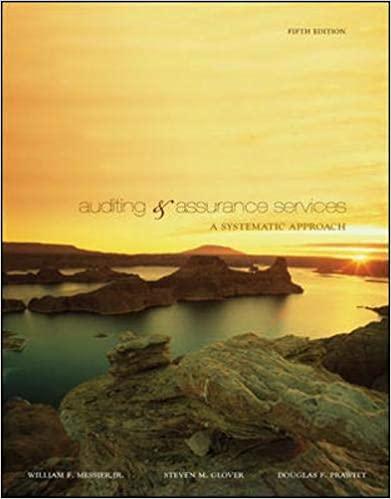Mead, CPA, was engaged to audit Jiffy Company's financial statements for the year ended August 31. Mead
Question:
Mead, CPA, was engaged to audit Jiffy Company's financial statements for the year ended August 31. Mead is applying sampling procedures. During the prior years' audits Mead used classical variables sampling in performing tests of controls on Jiffy's accounts receivable. For the current year Mead decided to use monetary-unit sampling in confirming accounts receivable because MUS uses each account in the population as a separate sampling unit. Mead expected to discover many overstatements but pre- sumed that the MUS sample would still be smaller than the corresponding size for classical variables sampling. Mead reasoned that the MUS sample would automatically result in a stratified sample because each account would have an equal chance of being selected for confirmation. Additionally, the selection of negative (credit) balances would be facilitated without special considerations. Mead computed the sample size using the risk of incorrect acceptance, the total recorded book amount of the receivables, and the number of misstated accounts allowed. Mead divided the total recorded book amount of the receivables by the sample size to determine the sampling interval. Mead then calculated the standard deviation of the dollar amounts of the accounts selected for evaluation of the receivables. Mead's calculated sample size was 60, and the sampling interval was determined to be $10,000. However, only 58 different accounts were selected because two accounts were so large that the sampling interval? P-9652
Step by Step Answer:

Auditing And Assurance Services A Systematic Approach
ISBN: 9780073337203
5th Edition
Authors: William Messier, Steven Glover, Douglas Prawitt





